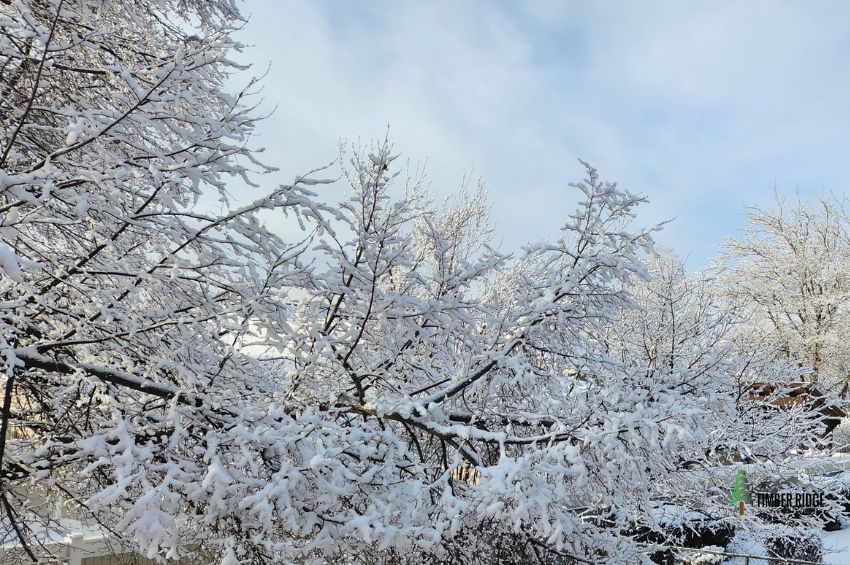
Winter brings about a host of challenges for trees, particularly when it comes to their branches. The extreme cold can have a significant impact on the structure and health of tree limbs. One common issue that arises is branch dieback, where parts of the branches start to decay and die. This can weaken the tree and make it more susceptible to further damage and disease.
To manage branch dieback, it’s essential to regularly inspect the trees on your property, especially after severe winter weather storms. Look for signs such as brittle bark, a lack of buds or leaves, and discolored or decayed wood. Pruning these dead sections is crucial to prevent the spread of any potential disease and to maintain the tree's health.
After heavy snowfall or ice storms, it becomes particularly important to remove broken branches safely. When attempting to do so, it's important to follow proper techniques to avoid causing more harm to the tree, as well as ensuring personal safety. Use the right tools for cutting, ensure a clean cut, and if the branch is large or high up, consider hiring a tree service professional for the job.
The resilience of trees to cold stress varies considerably across different species, with each having a unique threshold for cold hardiness. Insight into the specific cold tolerance levels of tree species is crucial for effective caretaking throughout the winter. Cold stress can lead to a range of symptoms, including frost cracks, which are vertical fissures caused by the expansion and contraction of the tree's bark as temperatures fluctuate, and sunscald, which is akin to a sunburn for trees, occurring when bark is suddenly exposed to strong sunlight after a cold period.
Regular inspection of trees during the colder months is vital for the early detection of these issues. Desiccation, otherwise known as winter drought, occurs when a tree loses more water than it can absorb due to frozen ground or dry conditions. Signs include brittle branches and dry, brown foliage. Additionally, the weight of snow and ice can cause branches to break and trunks to split, so it is important to gently remove accumulated snow and proactively manage ice buildup.
Mitigating these problems involves selecting the right species for the local climate, proper site selection, and seasonal care practices like mulching, watering until the ground freezes, and shielding young trees from direct sunlight. Understanding and identifying these signs of cold stress are fundamental in protecting trees through the freezing season and ensuring their vitality for years to come.
Consulting a tree removal specialist may be necessary when branches and bark pose a risk to safety or property. Specialists can efficiently assess the risk and remove dangerous limbs without causing additional damage. This is especially important for large trees or when major structural branches are affected. Keeping trees healthy in winter requires foresight and attention to detail. With the right methods, you can minimize the adverse effects of winter on your trees and prepare them for a thriving spring.